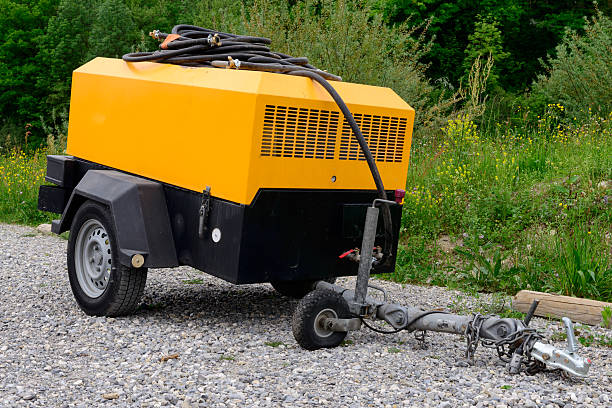You have definitely seen people using portable generators to create power. But have you ever asked yourself how they work?
To understand how a Portable Generator works it is important that we look at its various parts.
Portable Generators consists of a power generator head, an engine, a fuel source and power outlets. It is therefore for this reason that they are sometimes referred to as engine-generator sets (gen-sets).
Generators are used in many ways such as camping and in situations where electricity is unreliable.
The generator head is responsible for the production of the electricity that supplies the power outlets. It is run by the engine, which must be supplied by some sort of fuel. These could range from either gasoline, liquid propane, natural gas or diesel.
A type of overhead valve which runs for 4 cycles will provide the mechanical energy necessary to the generator head. The valve, which will have varying horsepower will work by spinning a shaft. This is regardless of the type of fuel used. Furthermore, a constant speed regulator controls the speed of the spin.
The generator also needs an efficient cooling system as well as a lubrication method to ensure efficiency of the moving parts. The generator head will then convert mechanical electrical energy and supplies the latter to the power outlets.
In essence, a portable generator will simply move a magnet near a wire to create a steady flow of electrons. What a generator does, in this case, is to combine the flow of electrons and direct it to the outlets.
Read:Top 10 generator manufacturers and distributors
Alternatively, a comparison to a water pump could help elucidate better how a portable generator works. Only instead of how the water pump pushes water out of the hose, the generator will make use of a magnet to push the electrons.
Furthermore, the amount of pressure used by a water pump to push a certain number of water molecules can be likened to the pressure a portable generator’s magnet will apply to push electrons.
Secondly, the number of electrons in motion in the water is referred to as the r current and is measured in amps. This is in an electrical circuit.
Now in the same way, the pressure applied to the electrons is known as voltage and is measured in volts. Essentially, an amp would be the number of electrons moving whereas the voltage is the amount of pressure behind those electrons.
Now the electrons moving through the wire continue along until they encounter a “load”. This will either be in the form of a light bulb or appliance. Once they come into contact, the bulb lights up and the current continues on its way.
Higher output portable generators may have dual 120 volt/240 volt capability. 240 volts over the standard 120 volts meaning that there is twice the pressure pushing the water in the hose, or even more electrons available at the other end for work.

